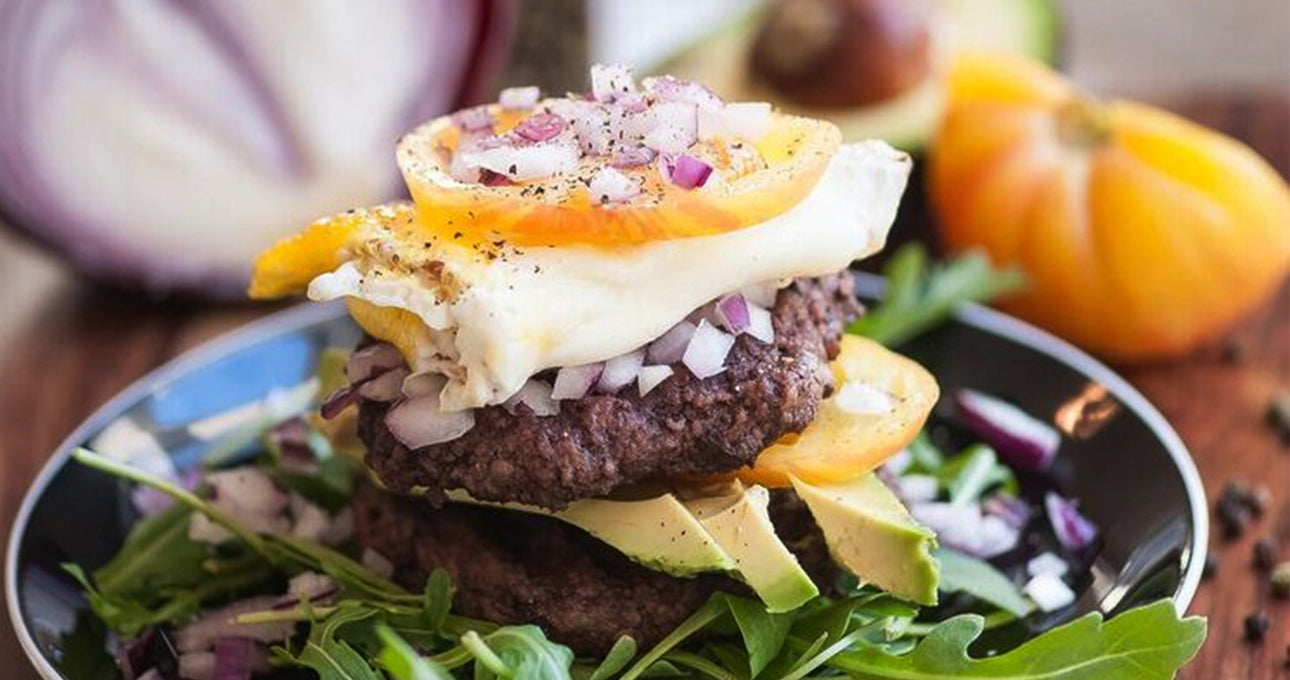No Products in the Cart


Tracking your macros at chain restaurants is pretty easy, because you can look up the nutrition info online or at the restaurant. On the other hand, the menu at independent restaurants, dinner at Aunt Carol’s, or your next holiday potluck won’t be able to give you reliable macro breakdowns. Tricky! How you do you navigate the unknown when you’re trying to track your macros?
Sure, you can just avoid eating out restaurants or places with mystery macros, but then whats the point of flexible dieting?
While you can’t know exactly you’re eating 100% of the time, there are some things you can do to make sure you stay on track.

Save as many calories and macros as you can for your meal out, especially if you don’t want to be limited in your choices. That way, even if you underestimate, you won’t sabotage your healthy eating.
Check and see if your restaurant destination has a website with a menu. Even if they don’t have the exact nutrition info, you can get a good idea for what options are available and plan your meal ahead of time. Do your math before you leave. Keep in mind the macros you have left for the day and think of a few choices that would probably fit pretty well. Sometimes even independent restaurants have nutrition information for their menu items as well. The more people ask for it, the more likely restaurants will eventually provide it.
Once you’re at your destination, don’t be afraid to ask questions and make special requests, especially in the way your meal is prepared.
If you’re unsure of something—like how it was prepared or what it is—ask your server to ask the chef. It’s their job, don’t let them guilt you for asking. If you dont want to deal with attitude, tell them you have food sensitivities and need all the info.
When your meal arrives, note the ingredients and search for them individually with a smartphone app like MyFitnessPal®. You don’t have to do it right at the table, but the sooner you do it, the better your chances of accurately logging everything. Err on the side of overestimating your quantities to ensure you don’t go over in calories.
Or, if it’s a pretty complicated dish with a lot of ingredients, search on MyFitnessPal® for a similar item from a comparable restaurant. Dont assume fajitas from home will be the same as fajitas from a restaurant, who will often add things that make it taste extra good (like fats and sweeteners) that wouldnt be factored in to the home versions. On the app, always choose a restaurant version and go with the highest values you can find.
Drinking is one of the biggest pitfalls of eating out. Alcohol is technically carbs and can fit into those macros, but most cocktails can pack upwards of 500 calories, which can easily send you over your limit. If you must, limit it to one.
Don’t “waste” your macros on food that isn’t special, just because it’s there. Pass on the basket of meh bread and butter, the tortilla chips, and the packet of saltine crackers that came with your soup.
You can use common items as comparisons to estimate portions to calculate your protein, carbs, and fats. Memorize these for the items you eat the most.

Tracking macros gets easier with time, and the more you measure your portions at home, the better eye you’ll have for estimating restaurant portions. Use your diet scale and measuring cups and spoons so you get used to converting weights and volumes. This ultimately makes macro counting easier so you can stick to your diet with confidence. If you’re diligent about tracking what you eat, there’s no reason eating out should hinder your overall progress.
Someone purchsed a